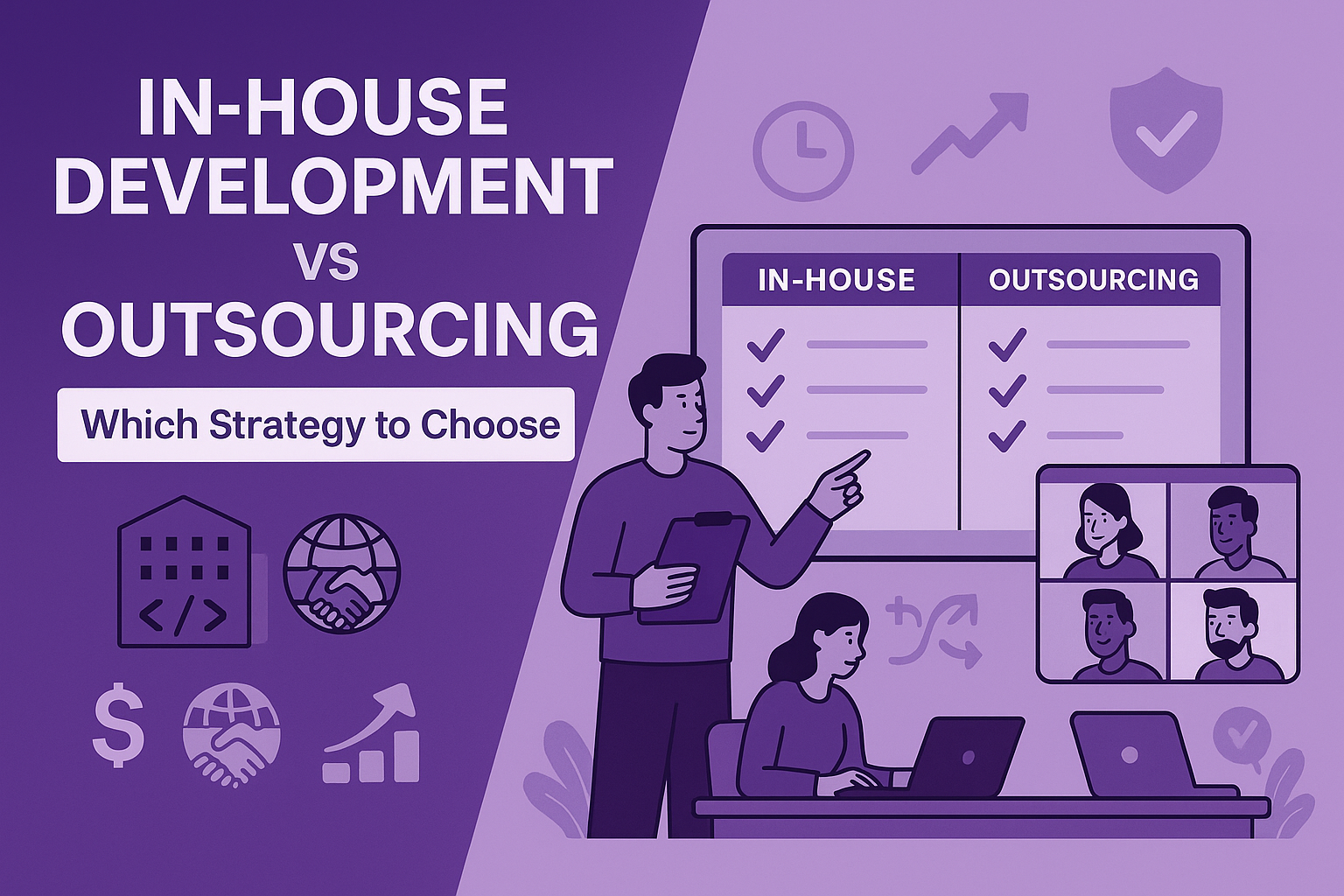Why Security Tops the CTO Agenda
- Reputation at stake: A single breach can permanently damage brand trust.
- Regulatory compliance: GDPR, HIPAA, and PCI-DSS demand strict handling of sensitive data.
- AI-driven attacks: Cybercriminals are leveraging AI to probe and exploit weaknesses faster than ever.
- AI-generated insecure code: Research in 2024 showed that large language models (LLMs) often generate insecure PHP code, introducing thousands of vulnerabilities into test web apps.
For CTOs, security is not just an IT problem—it’s a business continuity priority.
The 2025 PHP Security Checklist for CTOs
1. Stay on Modern PHP Versions
Running outdated PHP is the fastest way to introduce risk. PHP 5 and early 7.x versions are no longer supported.
- Ensure all applications are running PHP 8.2 or 8.3.
Take advantage of new features like readonly properties and typed properties that prevent class misuse.
2. Harden Authentication & Session Management
- Enforce multi-factor authentication (MFA) for admin logins.
- Use strong, built-in hashing (password_hash, Argon2id).
- Store sessions securely and rotate tokens frequently.
Never roll your own authentication—leverage trusted frameworks like Laravel Breeze or Symfony Security.
3. Enforce Secure Database Practices
- Always use prepared statements (PDO, mysqli).
- Replace legacy MySQL queries with ORMs like Eloquent or Doctrine.
- Encrypt sensitive fields (e.g., PII, payment data).
Regularly audit for SQL injection vectors.
4. Guard Against XSS and CSRF
- Escape all output using built-in templating engines (e.g., Blade, Twig).
- Adopt Content Security Policy (CSP) headers.
- Use anti-CSRF tokens for form submissions.
5. Control File Uploads & Remote Requests
- Validate file types and enforce size limits.
- Store uploaded files outside the web root.
- Scan files with antivirus or malware detection services.
- For server-side requests, whitelist domains to mitigate SSRF attacks.
6. Leverage Automated Security Tools
Modern tooling can dramatically reduce human error:
- Static analysis (PHPStan, Psalm, SonarQube) to catch vulnerabilities early.
- Dependency scanners (Composer Audit, OWASP Dependency-Check) to flag insecure packages.
- Pen-testing automation with tools like Burp Suite or ZAP.
AI-assisted vulnerability detection frameworks like RealVul are emerging to identify threats in large PHP codebases.
7. Adopt DevSecOps Practices
Security isn’t a final checkpoint—it’s continuous.
- Embed security checks into CI/CD pipelines.
- Train developers on secure coding practices.
- Set up incident response playbooks for faster recovery in case of breach.
Real-World Example
In early 2024, a fintech company discovered that its AI-assisted PHP code introduced dozens of SQL injection vectors. By introducing static analysis tools, automated dependency checks, and strict CI/CD pipelines, the company reduced vulnerabilities by 80% in under six months—while still delivering new features at the same pace.
Key Takeaways for CTOs
- Security is continuous. It must evolve with each release and deployment.
- Automation reduces risk. Tools like static analyzers, scanners, and AI frameworks are non-negotiable.
- Frameworks are safer than raw PHP. Leveraging Laravel, Symfony, or similar platforms ensures built-in protections.
CTOs set the tone. Security culture must be championed from the top down.
Conclusion
For CTOs in 2025, securing PHP applications is no longer just a technical exercise—it’s a strategic imperative. By adopting a structured checklist approach, investing in automation, and embedding security into DevOps culture, organizations can safeguard their platforms against evolving threats while maintaining agility.
Security is not an add-on. It’s a business differentiator.





